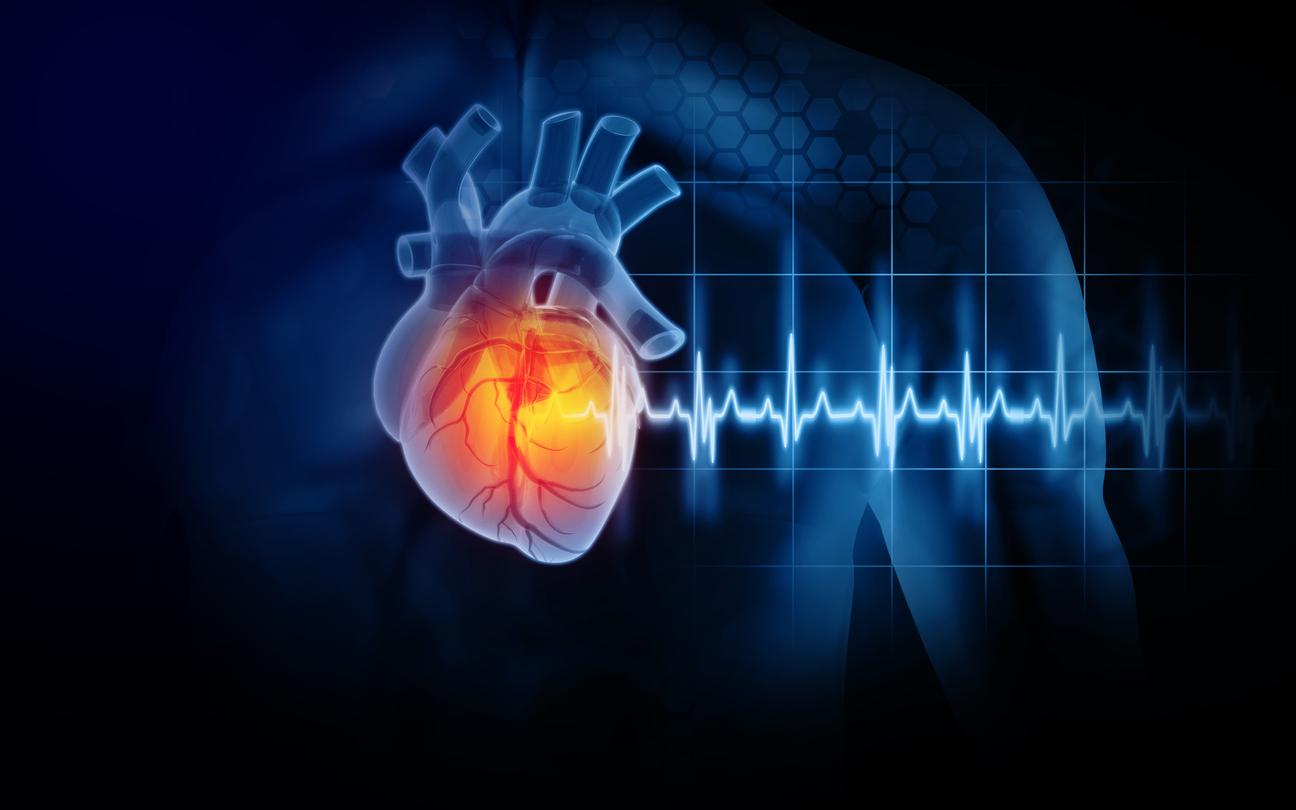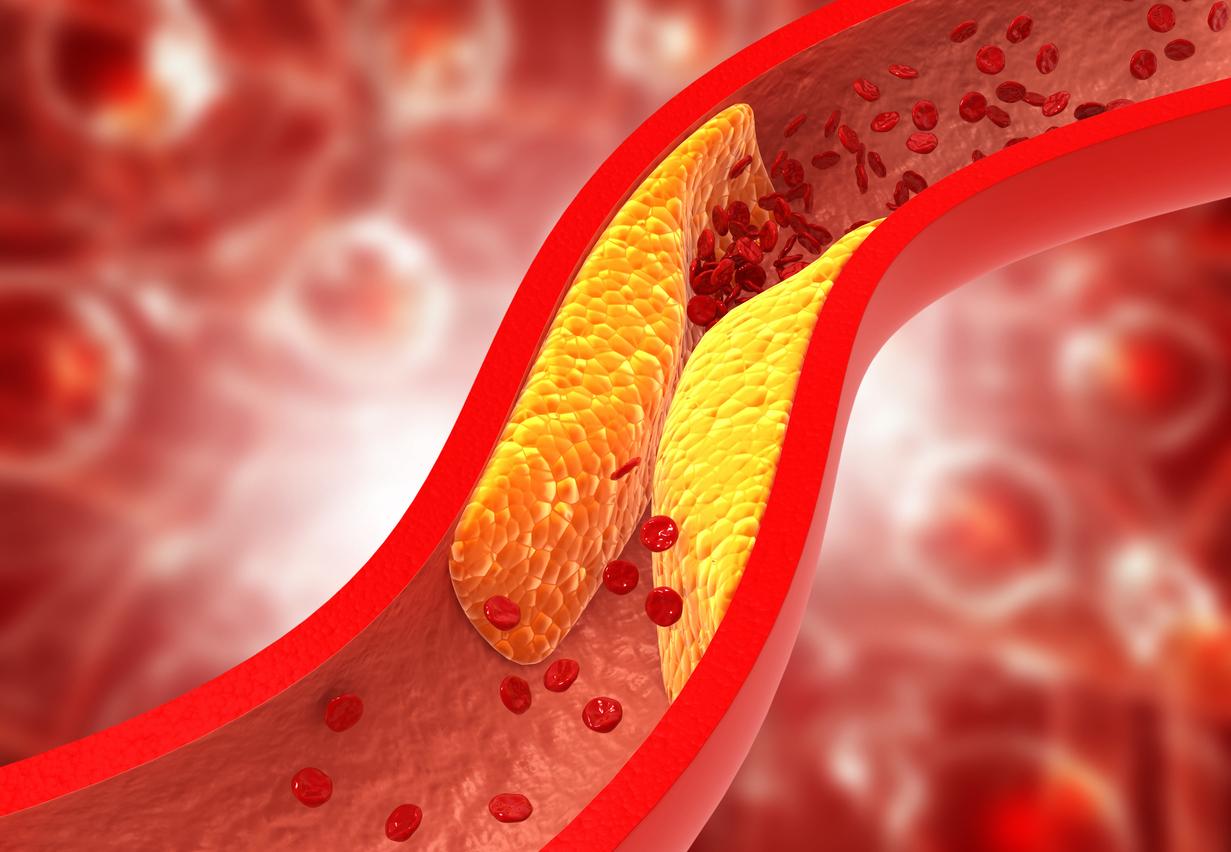Atrial fibrillation is a heart rhythm disorder. Its prevalence is expected to increase in the years to come, which will pose a real public health problem. With Professor Nicolas Lellouche, rhythmologist at Henri Mondor, we take stock of the mechanism and causes of this disease.

- Atrial fibrillation is the most common heart rhythm disorder.
- The heart rate of patients with AF can reach 100 or 200 beats per minute.
- Hypertension, obesity, sleep apnea or acute alcoholism can be the cause of the disease.
Palpitations, shortness of breath, discomfort, fatigue, all symptoms that characterize atrial fibrillation. But what exactly do we know about this disease which affects more than a million people in France? “It is the heart rhythm disorder that we encounter most frequently in clinical practice and the projection studies that exist on this pathology announce an evolution in its prevalence which will make it a real public health problem.explains Professor Nicolas Lellouche from the rhythmology department at Henri Mondor hospital.
In case of AF, the contractions of the atrium become chaotic
What happens when you have atrial fibrillation? The electrical activity of the atria, which are the part of the heart which collects the blood brought up by the veins and which drain towards the ventricles which return the blood to the circulatory system, is, in cases of AF, disorganized. As a result, the contractions of the atrium become chaotic. “The consequence of this dysfunction is that the heart rate becomes faster, up to 100 or even 200 beats per minute, which leads to a risk of heart failure, but above all, in the absence of good emptying of the heart. “atrium, there is the threat of blood clot formation which can lead to systemic embolism and stroke”, underlines Nicolas Lellouche.
AF, a disease that can be triggered by acute alcoholism
“In fact, AF is an electrical disease that arises around the pulmonary veins at their junction with the left atrium. These are the fragile areas of the heart that can be exposed to heat or, on the contrary, to intense cold, which which we call ablation, to treat the disease”concludes the rhythmologist.
And what do we know about the origin of this disease? “It is a rhythmic disease which can be linked to global cardiovascular dysregulation, high blood pressure, diabetes, obesity or sleep apnea”, specifies Professor Lellouche. But other causes also exist: acute alcoholism, as we sometimes see among young people, what some call “Saturday night syndrome”hyperthyroidism, or valvular heart disease. “But sometimes, there is no identified cause, we then speak of “isolated” AF and this still represents 10% of cases”notes Nicolas Lellouche.
“Take the patient with AF as a whole with all of their risk factors”
In summary, we can therefore say that atrial fibrillation is a common disease, which, when diagnosed, must be investigated for its causes and possibly treated. “and in all cases take the patient as a whole, with all the risk factors that he may present in order to treat him properly”insists Professor Nicolas Lellouche.
















